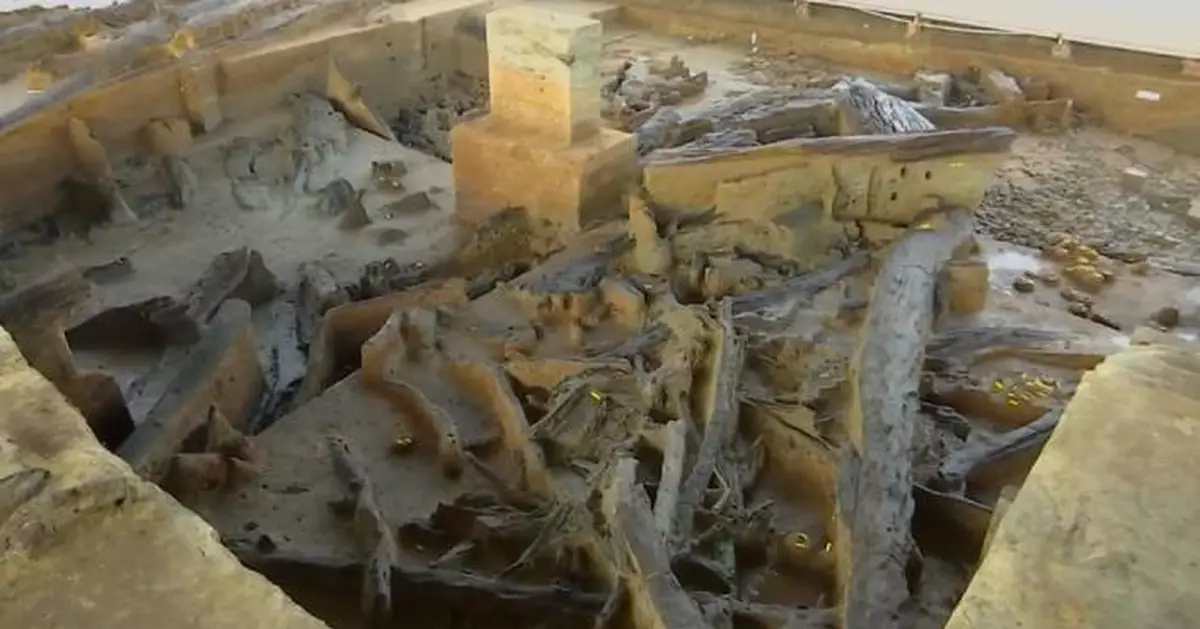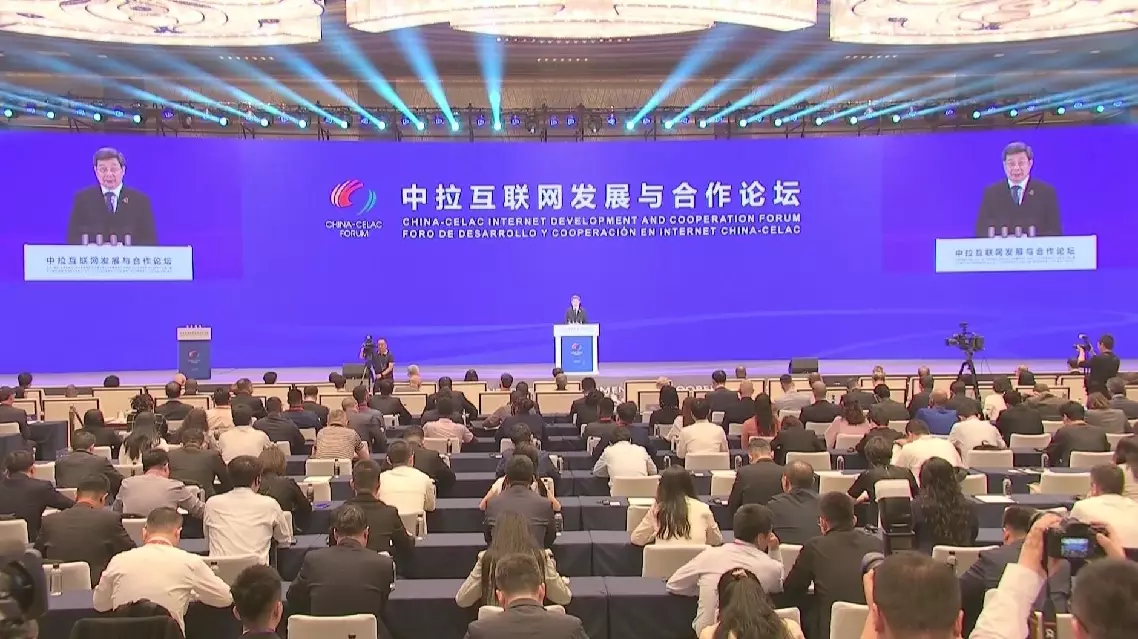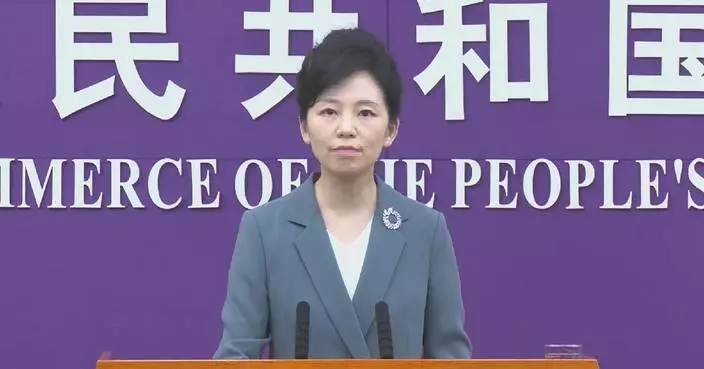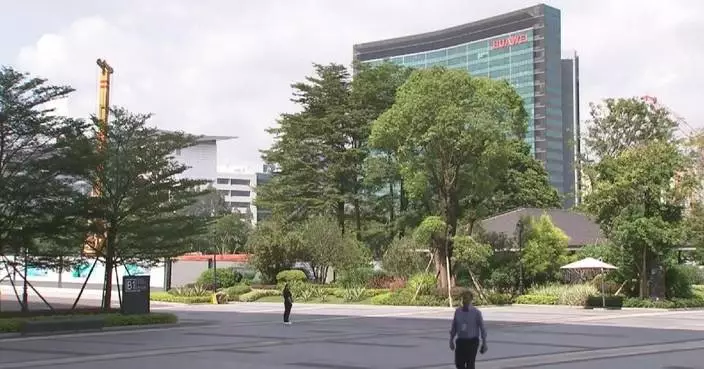From a 60,000-year-old Paleolithic settlement to a third-century Buddhist temple along the ancient Silk Road, China on Thursday unveiled its top 10 archaeological discoveries of 2024, findings that can help deepen understanding of Chinese civilization and the history of Homo sapiens in East Asia.
The selected projects span diverse fields such as human origins, the origins, formation and early development process of Chinese civilization, and the formation and development of a unified multi-ethnic nation, said Qiao Yunfei, deputy head of the National Cultural Heritage Administration (NCHA).
Among the findings are the Mengxihe Paleolithic site in the southwestern province of Sichuan, the Xiatang Neolithic site in the eastern province of Zhejiang, the Liulihe relics site in Beijing, as well as the Mapu Tsho relics site in Xizang Autonomous Region and the Mo'er Temple ruins in Xinjiang Uygur Autonomous Region.
The Mengxihe Site in Sichuan has revealed a Paleolithic settlement dating back 60,000 to 80,000 years. Archaeologists believe it offers systematic and novel evidence that could help unravel the origins of Homo sapiens in East Asia.
Discovered in 2021, the Mengxihe site spans approximately 12,000 square meters. From 2022 to 2024, thousands of stone tools, animal fossils, large and medium-sized wooden artifacts, and remains of plant seeds and fruits were excavated.
Dating back to a crucial phase in the evolution of modern humans, the site offers a rare and remarkably complete snapshot of ancient society, with a wealth of stone tools as well as animal and plant remains, according to an NCHA report on the findings.
"It is the only site identified to contain abundant plant resources during the dispersal phase of Homo sapiens," the report stated.
The findings reveal that ancient humans in East Asia -- previously thought to be relatively "backward" -- were far from dormant, as they not only inherited local traditions in making stone tools but also actively cultivated a range of complex modern behaviors, according to the report.
The Xiatang Site in Zhejiang Province, occupying an area of about 30,000 square meters, serves as a significant evidence of the early rice farming society in southern China, the NCHA report stated.
The site presents crucial evidence of China's 10,000-year cultural history and stands as a vivid example of the independent origins and continuous development of Chinese civilization over millennia, said Zhong Zhaobing, director of the archaeological project.
Discovered in 1984 and unearthed through years of excavation, the site yielded cultural relics spanning four distinct Neolithic cultural phases, covering the entirety of the Neolithic Age from 9,300 to 4,000 years ago.
Abundant remains were unearthed, including moats, artificially constructed earthen platforms, residential foundations, burial sites, food-processing zones, irrigation ditches, and pathways, offering a comprehensive panorama of early agricultural society's settlement.
The Mapu Tsho relics site is the first Neolithic site, dating back over 4,000 years, to be discovered in the central part of southwest China's Xizang Autonomous Region.
Situated at an altitude of 4,410 to 4,430 meters along the shores of Mapu Tsho Lake, it stands as the earliest known lakeside Neolithic site in the heart of the Qinghai-Tibet Plateau, remarkable for both its elevation and long duration of occupation.
The relics unearthed include rice, millet, seashells, ivory and bronze vessels that were clearly brought in from outside.
"Findings here not only provide significant physical evidence for reconstructing the historical and archaeological cultural sequence of prehistoric Xizang but also offer compelling evidence of interactions, exchanges, and integration among various ethnic groups in China, shedding light on the formation of a diverse yet unified Chinese civilization," the NCHA said.
The Mo'er Temple ruin, near the city of Kashgar in northwest China's Xinjiang Uygur Autonomous Region, was a key Buddhist temple built around the third century when the ancient kingdom named Shule reigned the region.
Archaeologists began to excavate the site in 2019, uncovering a wealth of significant discoveries after six rounds of excavation work.
"This is the earliest and best-preserved large-scale architectural site of a Buddhist temple discovered to date in the westernmost region of China," the NCHA said.
As a representative example of a large early Buddhist temple, the site provides important evidence of the layout and architectural evolution of early Buddhist temples in China, the NCHA added.
It has also contributed significantly to the archaeological study of Buddhism in ancient Shule and along the Silk Road, according to the NCHA.
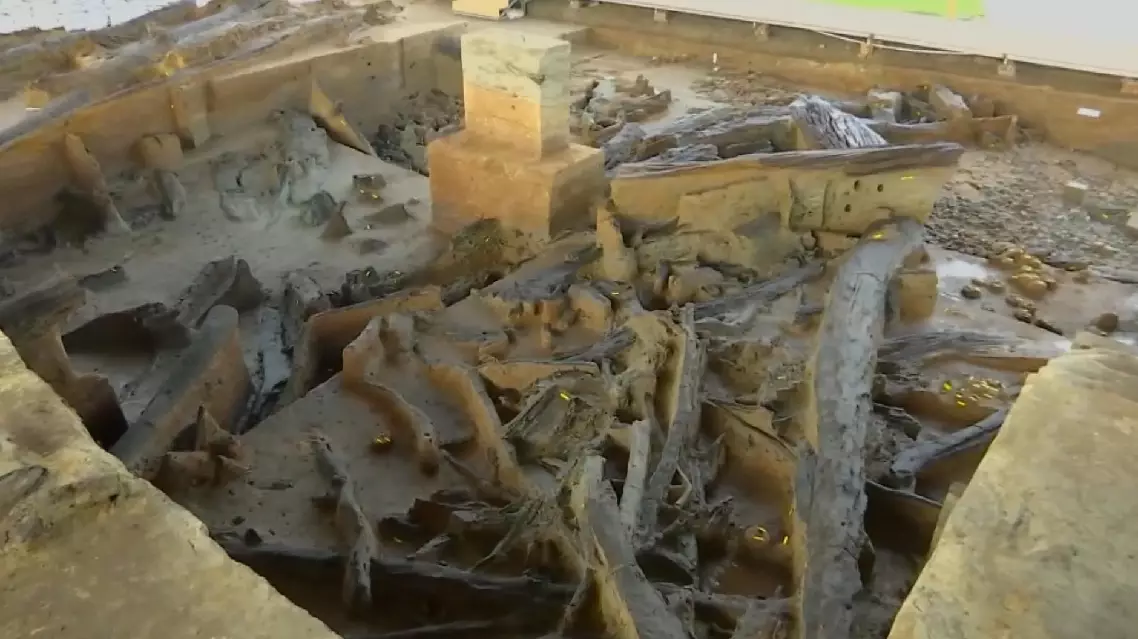
China announces top 10 archaeological discoveries for 2024


